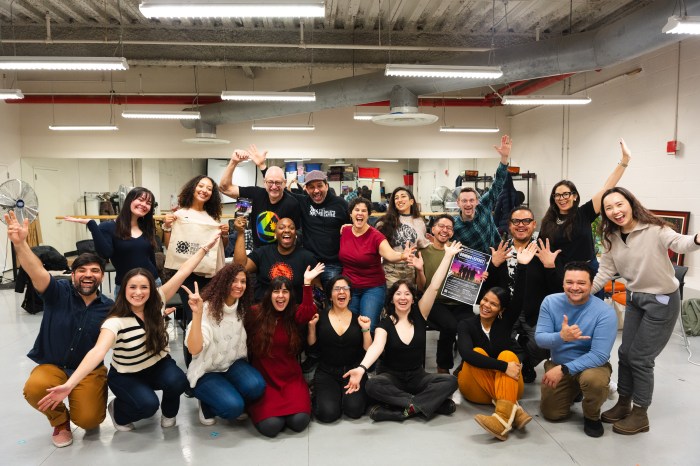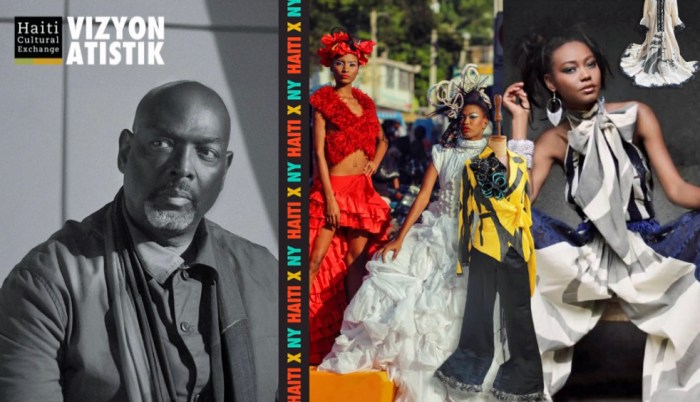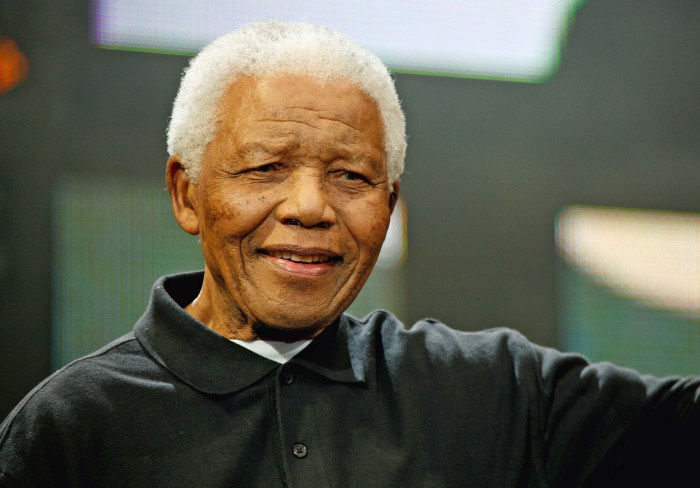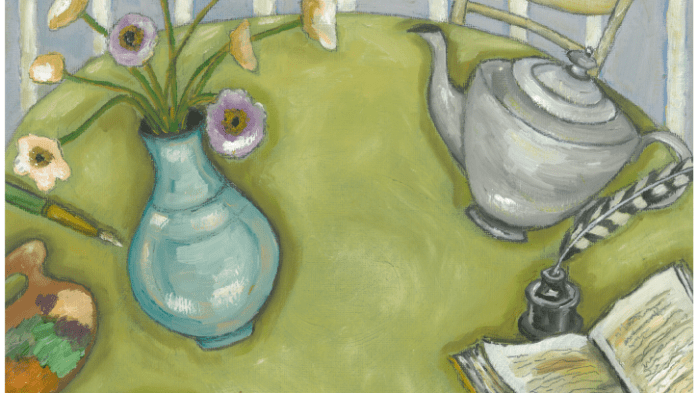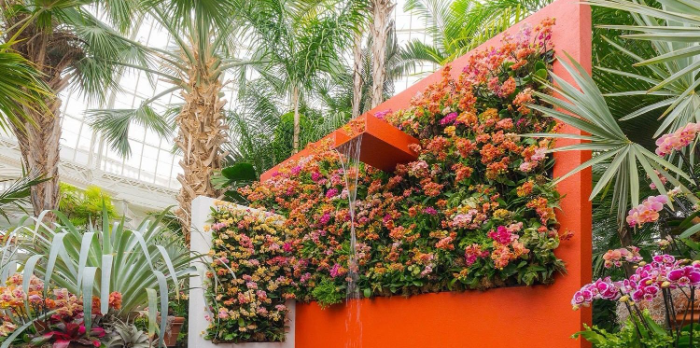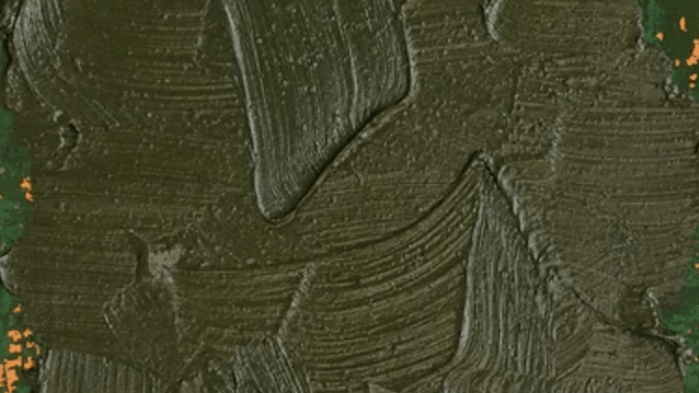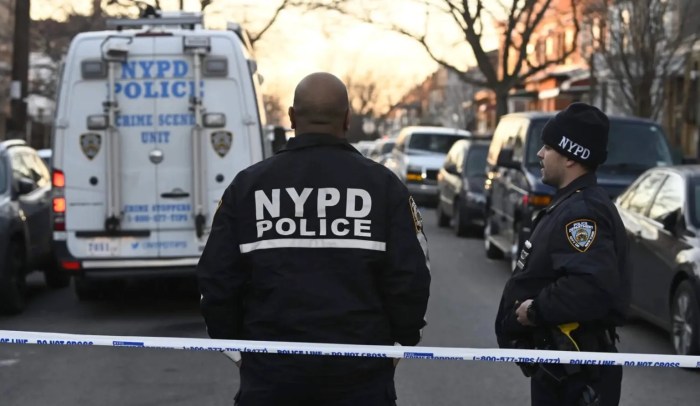In Washington D.C., the public reception for the art exhibition Interchange is being hosted by The John F. Kennedy Center for the Performing Arts, as part of the Access/VSA Emerging Young Artists Program, a Jean Kennedy Smith Arts and Disability Program.
This national art program and exhibition comes as a result of a 20-year collaboration with the Volkswagen Group of America. It will feature 15 disabled artists, ages 16- 25, displaying their work in venues across the country where each artist’s individual talent, mode of expression, and view of the world is highlighted and valued.
With this theme for the exhibition, the program amplifies the artists’ work and helps people deepen their understanding of disability and the arts.
Artists who will have their work displayed include Melina Ahmad (they/them) and Sophia Gibbins from New York; Grace Benjamin from Woodbridge, VA; Benjamin “Pins” Leese from Lorton, VA; and Santiago Lopez from San Diego, CA.
Ahmad, who is 18 and has postural orthostatic tachycardia syndrome (POTS), was initially unable to create art for a year due to being bed bound, but they regained enough strength to pursue visual art. Through multimedia works centering their own disabled body, they demonstrate the practice of finding beauty within disability.
In Fragmented Self Portrait, Melina fractures a painting of themselves, depicting the struggle of self-perception in a world that alienates and degrades disabled people. By separating pieces of the portrait with layers of fragile plexiglass, they communicate the delicate connection between the body and mind of a disabled person.
The works of 23-year-old Grace Benjamin pull from a diverse range of mediums, showcasing an affinity for storytelling deeply influenced by her background as a child of refugees. Inspired by her parents’ journey from South Sudan, the memories of their past, and their dreams for her future, she uses her pieces as a bridge that binds their story, finding balance in human emotions and tradition.
Her work is also shaped by personal challenges. “While themes in my work may delve into serious or even somber territories, my creative process, ignited by my attention deficit disorder, infuses a playful and experimental dimension that challenges and complements these themes,” Benjamin said.
Gibbins was diagnosed with Crohn’s Disease at the age of 16, and she is now in her freshman year of college. Her artwork facilitates a dialogue that not only helps her share her experience but connects her with others going through similar struggles bringing to life a community in which she feels a sense of belonging.
“I was taught only to use paper and canvas as the foundation for my art. When I relinquished that idea, I saw potential for art all around me. Suddenly wood, old books, mirrors, glass, fabric and even paper plates became inspiration for me to create,” Gibbins stated.
Leese, 20, is a comic book artist and illustrator, who recently graduated from Bowling Green State University this spring. With a focus on ink and marker materials, his work is a testament to his unwavering commitment to the craft, as he deftly weaves narratives and visual aesthetics into captivating and thought-provoking illustrations.
“My art explores themes of sonder, confronting mortality, and nostalgic inspirations. The works of artists like Art Spiegelman and Will Eisner have significantly inspired my character design, shading techniques, and overall layout. My artistic goal is to tell stories through my art that move people on a personal level, showcasing the epitome of what it means to be human through the means of cartoon animals,” he explained.
Lopez, who also grew up in San Miguel de Allende, Mexico, is an illustrator and storyteller who works to start conversations around the intersections of his Autism Spectrum
Disorder (ASD) and Latinx identity.
“Art is storytelling and I use visual metaphors and symbols to communicate ideas. To spark a shift and flip the script, my work searches for hidden narratives that whisper beneath the surface. Mindful that every angle brings depth and meaning to the story, I’m driven to explore diverse perspectives,” he said.
He described his mediums of work, saying, “Fusing traditional tools with digital media, I blend imagery with textures crafted by hand or photographed like peeling paint or windswept sand.”
The exhibition will be on view until July 28. Those who have any questions about accessibility can call the Kennedy Center at 202-416-8727.




